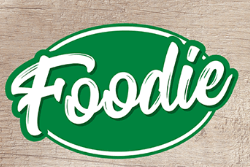There was a time when I used parchment paper for everything — cookies, roasted veggies, air fryer meals, you name it. The stuff is like kitchen magic. No sticking, no mess, no stress.
But then came the question that changed how I cook:
“Is parchment paper really safe — especially at high heat?”
I didn’t think much of it until I started digging into the details — and what I found made me pause.
Turns out, not all parchment paper is created equal — and depending on what’s in it, how it's coated, or how hot your oven gets, this kitchen favorite might be doing more than just lining your baking sheet.
In this post, we’ll explore:
- What parchment paper is made of
- When it’s safe — and when it’s not
- Hidden dangers some brands may not warn you about
- Healthier alternatives you can use instead
Let’s get into it — because convenience shouldn’t come at the cost of your health.
🧾 What Is Parchment Paper?
Parchment paper (also known as baking paper ) is a heat-resistant, non-stick paper commonly used in baking and roasting. It’s treated to withstand high temperatures and resist grease and moisture.
It’s available in two main types:
1. Bleached Parchment Paper
White in color — often chlorine-treated to achieve its bright look.
2. Unbleached Parchment Paper
Brown in color — looks more natural, but still chemically processed for durability.
Both are marketed as “safe,” but here’s where things get complicated…


